Month: October 2019
They Grow Old, But Don’t
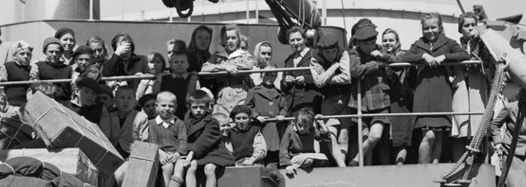
The years may have slowed their steps and thinned their skins, but the Polish men and women now in their 80s and 90s will forever be Pahiatua’s children.
More than 700 arrived in Wellington harbour, aboard the American troop ship USS General George M Randall on 31 October 1944.
The children had been living in institutions scattered around Isfahan, in then-Persia, after escaping the USSR in 1942 and 1943 through the help of a Polish army set up in southern Russia with Stalin’s blessing. Stalin planned to use the Polish soldiers he held captive in the USSR to help him fight his former ally, Nazi Germany, after Hitler turned on him on 22 June 1941. The Polish soldiers refused to leave their families behind.
Prior to that, Stalin’s NKDV had wrenched around 900,000 civilian Poles from their homes in eastern Poland, and deposited them in forced labour facilities scattered mostly in northern Russia, southern Siberia, and Kazakhstan. By then, the NKDV had already murdered more than 22,000 Polish officers and buried them in mass graves in western Russia, and sent other Polish soldiers and civilians to prisons in the outer reaches of the USSR. Lieutenant-General Władysław Anders, Commander-in-Chief of the Polish forces in the USSR, estimated that, by the time he was given the job of amassing a Polish army, about half of the estimated 1.5-million Poles taken by the Soviets to the USSR had died.
When the Polish children arrived in Wellington, their cautious, serious demeanour surprised the New Zealanders greeting their own returned service personnel.
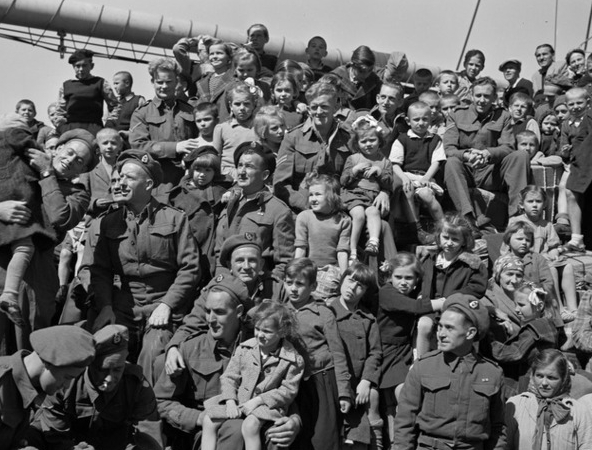
Earl Bailey: “They were streaming off the ship… there was … a solemn silence as the emotions of the Kiwis went out to the children. As a cameraman, I was visibly disturbed…”
Nearly 200 of the children aged between five and 15 arrived in New Zealand with no one they could call family, 60 of them younger than 10. Most of the children’s parents, and many of their siblings, had either died in the USSR, or had enlisted in the Polish army.
Some of the children arrived with siblings; several with mothers. One single father had two children. Only one family of four arrived intact. Among the 105 caregivers were a priest, three nuns, a doctor, a dentist, 42 who classified themselves as teachers, 36 single women and six single men.
New Zealanders embraced the children, forever linked to Pahiatua, the country town that first hosted them.
The children, and their parents and siblings who joined them after WW2, became better known in New Zealand than the hundreds of settlers who settled here after fleeing Prussian oppression in western Poland in the 1870s.
Their numbers dwindle exponentially as the years progress, but they remain loyal to acknowledging the anniversaries of their arrival in “such a beautiful place” where the people seemed so happy to see them.
The date of their arrival, just months after the fifth anniversary of the German and Russian invasions of Poland in September 1939, paved the way for their family members, then still serving in the Polish forces, to start new lives in New Zealand rather than submit to living in communist-controlled post-war Poland, or a post-war England.
The last of the Pahiatua children left the camp in 1949, and displaced persons, known as DPs, temporarily took their places. They arrived through the International Refugee Organisation (IRO), set up in 1946 to deal with the post-war refugee crisis. They included Poles captured by the Germans in the early stages of the war, and sent to work in Germany, and their Polish children born in Germany.
Polish immigration to New Zealand did not end there. Poles who had gone through the same experiences in Soviet forced-labour facilities as the Pahiatua children continued to immigrate independently to New Zealand. Between 1981 and 1983, more than 300 Poles who had been living in communist-controlled Poland arrived in groups in Auckland, via Austria and by air.
We may have arrived in New Zealand carrying different experiences, or we may have been born of one or two Polish parents in New Zealand, but we share a common heritage.
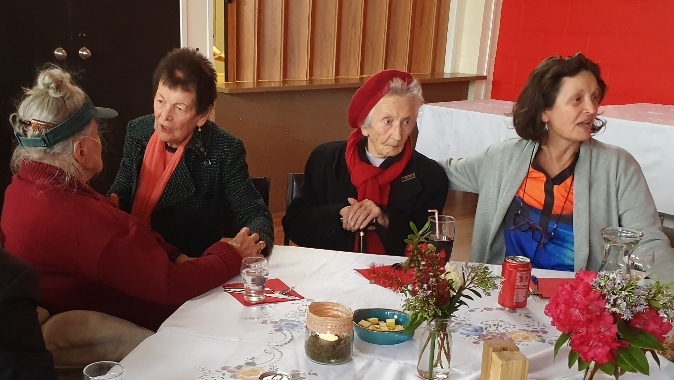
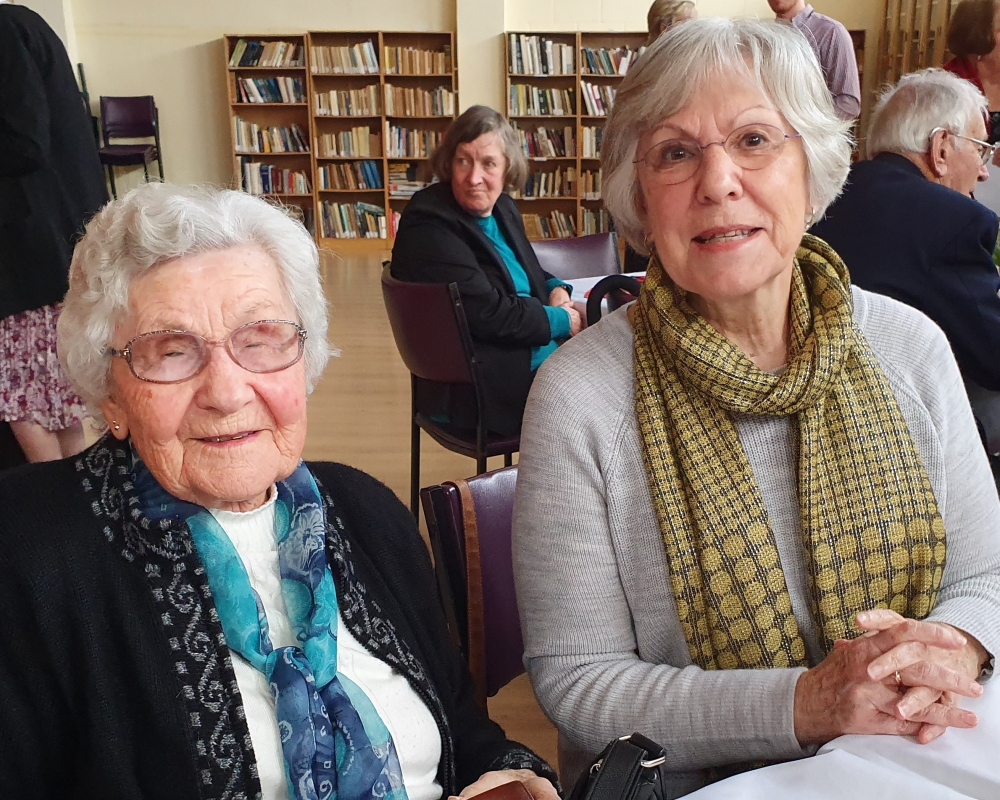
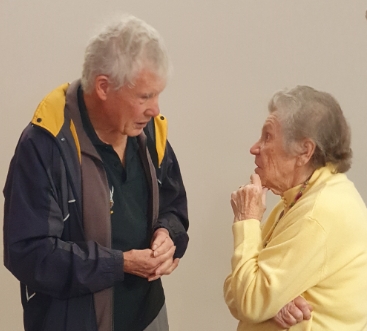
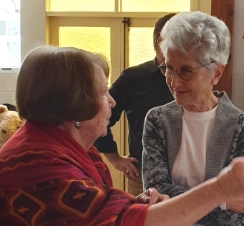
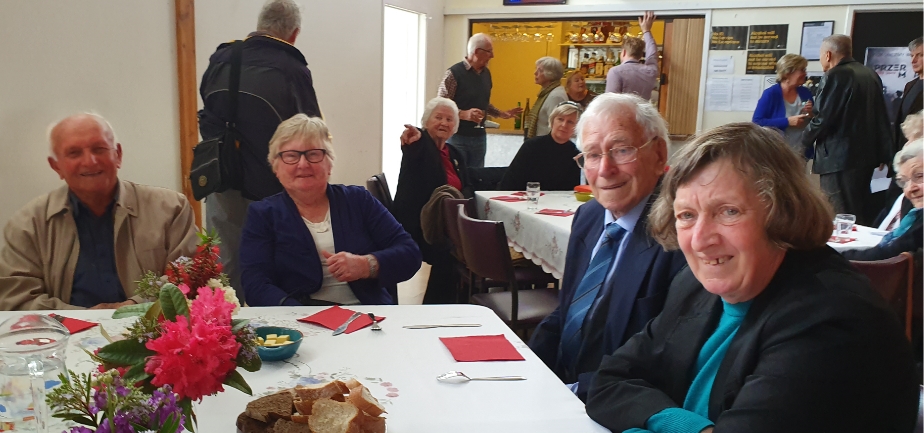
The 75th Auckland Polish Reunion is fostering our common heritage with a weekend of functions during the upcoming Labour Weekend, designed to bring together people of Polish descent, and their families and friends.
For the first time, the New Zealand Polish Film Festival coincides with the Auckland event.
Another Day of Life, which premiered at Cannes last year, will open the Polish reunion festivities on Thursday, 24 October at the Bridgeway Cinema in Northcote. Drinks and canapés will be served from 7pm.
The amination-documentary is based on the late, renowned Polish journalist Ryszard Kapuściński’s 1975 book featuring his first-hand reports to Poland from a war-torn Africa, Angola in particular, during the latter stages of armed resistance against Portuguese colonial rule.
Kapuściński was fluent in Polish, English, Russian, Spanish, French and Portuguese, and this story is mostly in English, with the minimal Portuguese and Polish subtitled.
The Polish-language comedy Planet Single 3 will screen at the same venue on Saturday 26 October, at 6pm. This is the conclusion to a romantic saga that started in 2016, and continued in 2018. It was first released in February this year.
On Saturday from 12 noon, the Dom Polski in McDonald Street, Sandringham, will host a Polish market day, selling Polish food to take home and Polish lunches, followed by a Polish afternoon tea. The reunion committee has created an exhibition of enlarged photographs, articles, and a slideshow, that will no doubt bring back memories and get people talking.
On Sunday Auckland’s Polish community is invited to again celebrate Mass at St Paul’s Chapel, St Paul’s College, 183 Richmond Road, Ponsonby, at 11am. The chapel has a special place in the hearts of Poles who attended Mass there for more than 30 years before the Polish church moved to Mt Wellington. The reunion committee is asking Polish children to come dressed in Polish costume.
Already nearly 200 people have booked to join the special Polish lunch that will follow the Mass. The Dom Polski is not large enough for the gathering, which welcomes not only the Pahiatua children and their families, but the entire Auckland Polish community, so the 1pm lunch will be held at the Dalmatian Cultural society, 10 New North Road, Eden Terrace.
Entertainment includes a recital by Polonus, the Polish folk dance group from Christchurch established in 2014 with the aim of promoting Polish heritage and culture in the South Island.
Polonus made a guest appearance at the 2015 PolArt Melbourne Festival. Under a new choreographer and with new members, since early 2016, the group has promoted Polish national dances and dances from the Cieszynski region, participated fully in Brisbane’s PolArt 2018.
Their members’ ages range from 11 to 55 and include first, second and third generations of Polish New Zealanders. Their regular performances at multicultural festivals in the Canterbury region have made them well known among local communities.
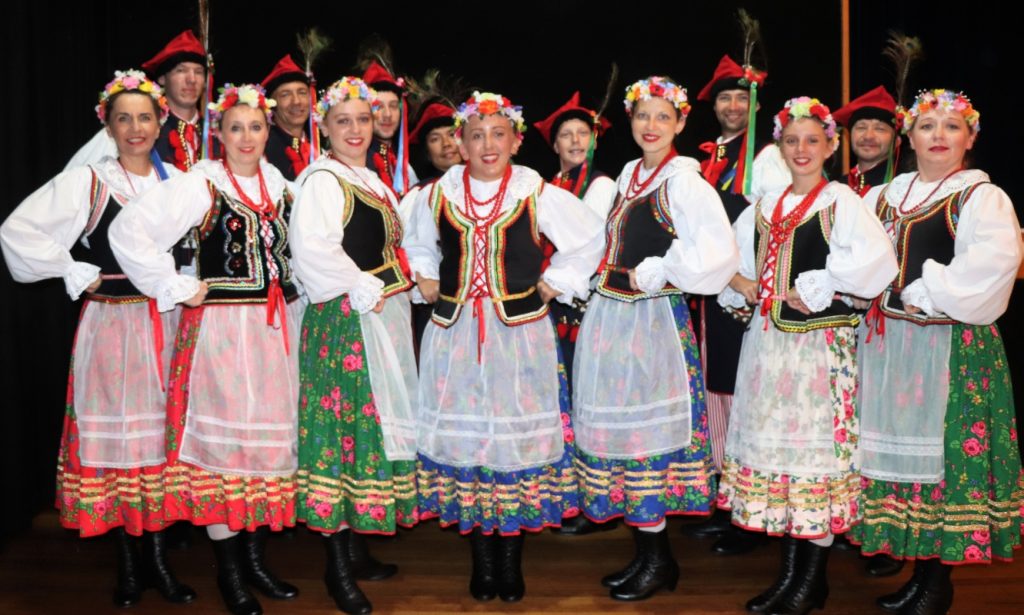
Commemorations continue in other parts of the country for the following two weeks.
The Pahiatua community, and council committees such as Pahiatua On Track, has arranged a special day for the Polish children and their guests 75 years to the day from when they first arrived at the local railway station, and had their first night’s sleep in the camp a few kilometres south of the township.
On 1 November, Pahiatua residents, including schoolchildren and scouting groups, will line the town’s main street, ready to welcome the Pahiatua children and their families as they arrive. After an official welcome in the Town Hall, and a lunch, the guests will visit the museum, and its Pahiatua room, refurbished in 2017. They will then head to the Polish memorial, which stands near the site of the now-demolished camp.
Members of the Pahiatua community have created a new monument they know will hold a special place in the hearts of their Pahiatua children. Its exact nature and location will remain secret until the day the children visit.
The full programme for events in Wellington on 2 and 3 November can be found through http://polishcommunity.org.nz/home/front-page/.
In Christchurch, Pahiatua children and their families will be holding a private function on Saturday, 9 November.
On Sunday, 10 November, the Christchurch Polish Association will host an afternoon tea for them all, and all other Poles in the community, after a Thanksgiving Mass at the Sacred Heart Church, Spenser Street, Addington at 2pm.
Big anniversary years are always reflective. All Poles’ lives changed in September 1939. We who were not yet born would probably never have existed. The events of September 1939 scattered the enlarged Polish diaspora all over the world, and we became complicated.
Whichever event you decide to join, I wish you joy in mingling with people similarly far from their roots.
—Barbara Scrivens
10 October 2019
_______________
More on the Polish Film Festival at www.nzpff.nz
For more details on the Auckland functions, please go to: www.aucklandpolishreunion2019.co.nz/
_______________
If you would like to find out more about the post-war community in New Zealand, please visit our War Immigrants page.
_______________
If you would like to comment on this post, or any other story, please email editor@polishhistorynewzealand.org/
